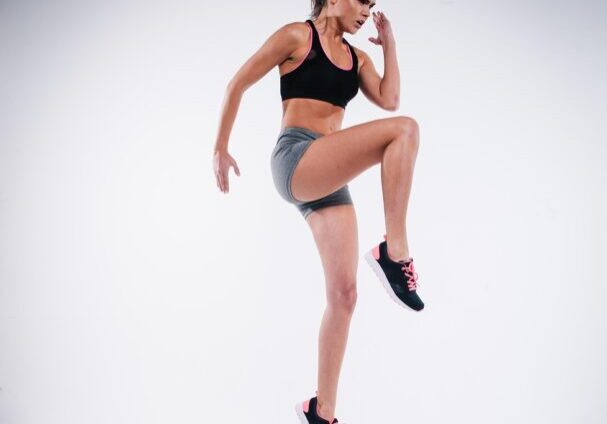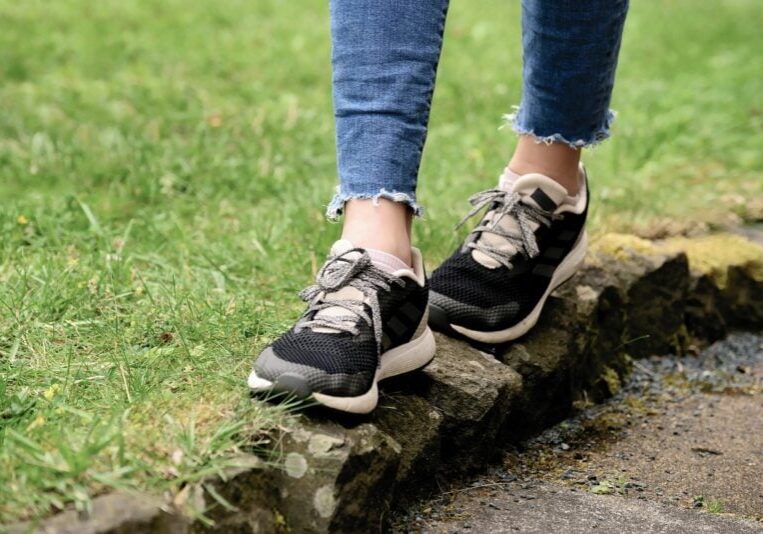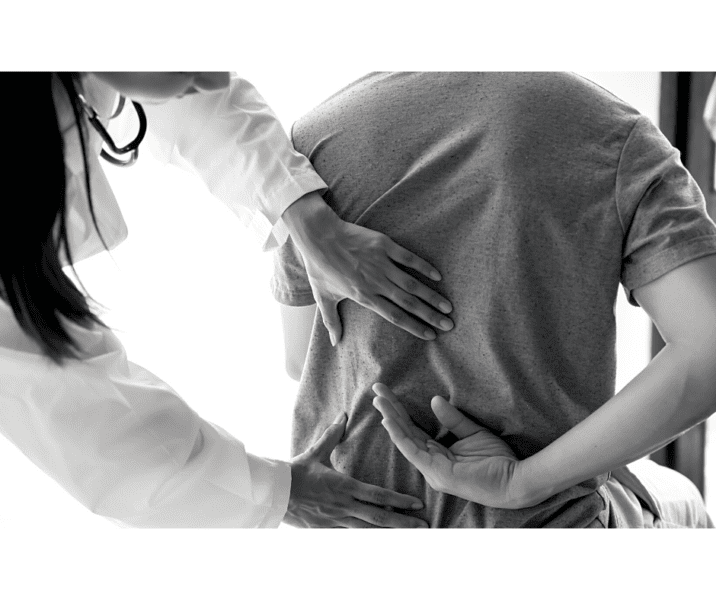
The lumbar spine is the most complex region of the body to treat; mainly due to the numerous possible causes of lower back pain. Due to the anatomy of the lumbar spine, stability is highly dependent on the soft tissue structures such as the muscles and ligaments to, not only protect the discs from becoming overstrained, but to ensure that movement in the facet joints of the lumbar spine can move without restriction. Most often, back pain results with no known cause. For example, imagine sitting at a desk and feeling a spasm in your back 1 hour into your workday.
Nonetheless, prolonged periods of inactivity do not treat the body well. Our bodies were made to move! Movement allows for circulation of fluids that keep our tissues healthy and prepared for having to perform more strenuous physical tasks. At times, if you attempt to lift an object or even stretch after being inactive, you can be predisposed to injury as you may not be prepared to do those movements. To that point, carrying an object for longer periods of time than you’re accustomed to and lifting a heavier object than you’re capable of can, obviously, lead to your discs getting injured. The goal is to build a physical capacity to perform that exceeds the physical demands of a task.
Hence, there’s nothing wrong with getting strong! If you’re committed to building strength, here are a few exercises that could help:
Dumbbell Romanian Deadlift
The objective here is to hinge at your waist and to use your glutes and hamstrings to return you to neutral, rather than just your lumbar extensors.
To start, hold two dumbbells at waist height. Then, hinge forward at your waist; letting the weights slide down your thighs. After that, use your glutes and hamstrings to stand fully upright. Do not use your arms to pull the weight up.
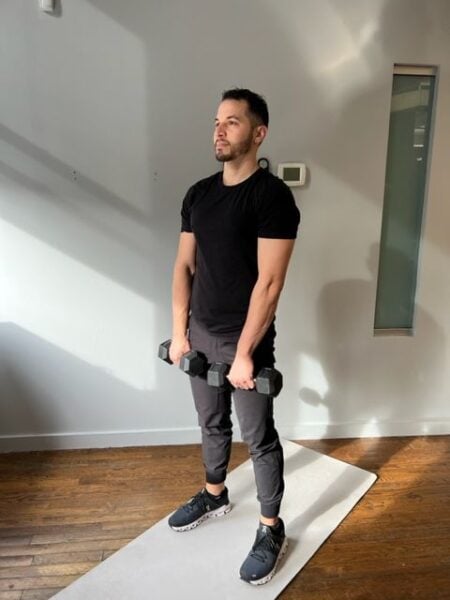
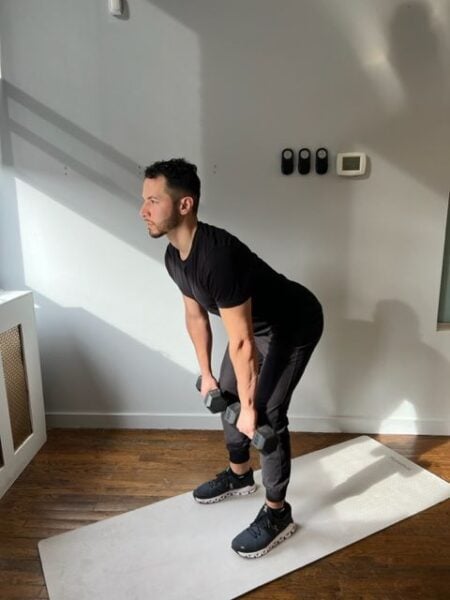
Bird – Dog with Variations
This is one of the most researched low back exercises as it works on the stabilization of the low back (lumbar multifidi) while keeping the abdominals (transversus abdominis) contracted. The focus is on making sure the abdominals stay activated while the leg and arm reach in opposite directions. The goal is on reaching the leg and the arm away from each other, not lifting the leg and the arm high.
Get on your hands and knees (four point position) with your knees directly under your hips and your hands directly under your shoulders.
Your back is in a neutral position (slightly arched) and your chin must be tucked in.
Tighten slightly your abdominals and back muscles then lift one arm and the opposite leg without allowing the trunk or pelvis to move or rotate. Lower your leg and arm back to the floor and repeat with the other leg and the opposite arm.
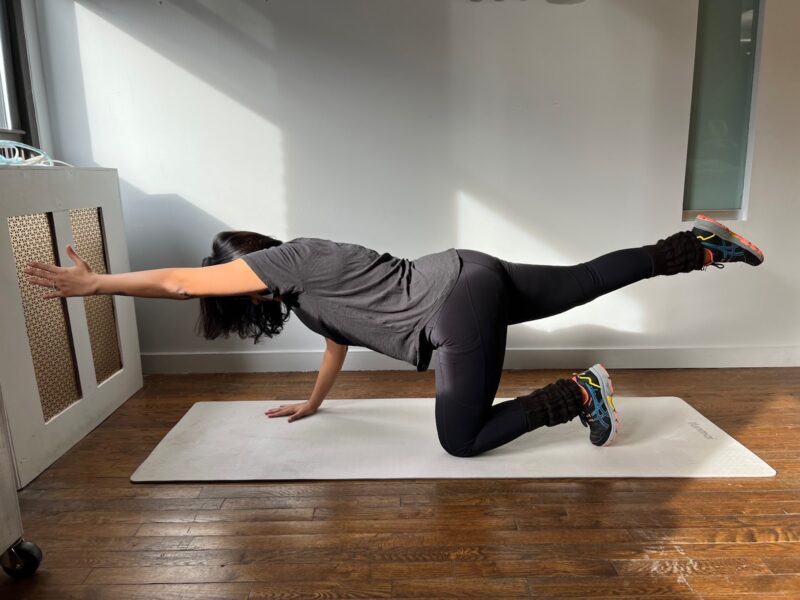
Still unsure what to do? Contact us to evaluate and prescribe the best possible exercises to improve your spinal health.

